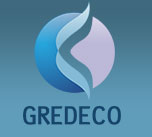Lesley Schofield ND MBAcC Introduces DEEP OSCILLATION® (BOISNIC, 2013) and ACUNPUNCTURE For Facial Rejuvenation
For effective and relaxing natural facial rejuventation

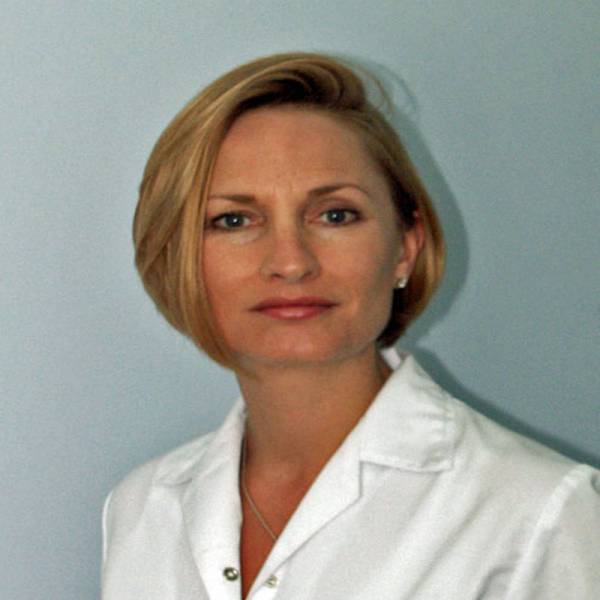
Lesley Schofield ND MBAcC now offering Facial Rejuvenation with DEEP OSCILLATION® and Acupuncture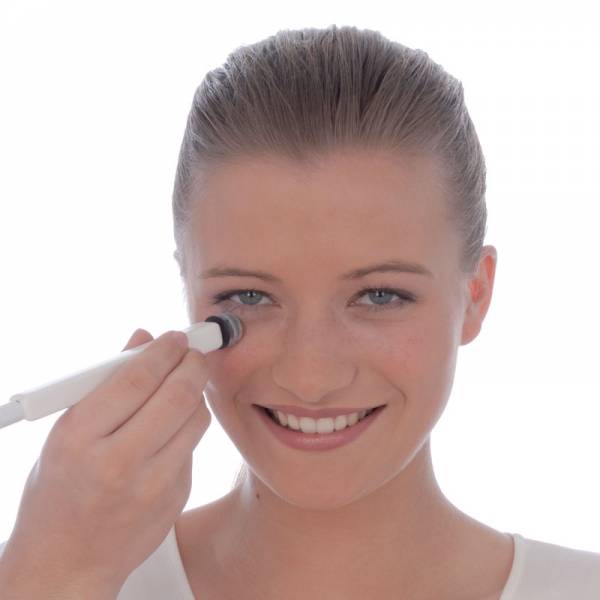
DEEP OSCILLATION is applied via gloved hands or applicators and is available with applicators of varying sizes for clinic or self treatment of many aesthetic applications including faster recovery after surgery, laser re-surfacing and other invasive methods of aesthetic medicine.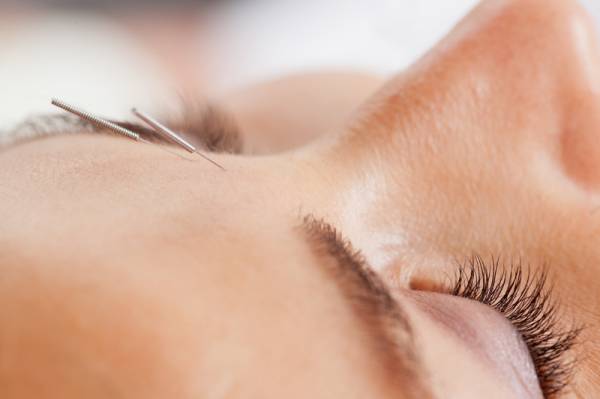
Acupuncture For Facial Rejuvenation: For thousands of years, the Chinese have known that beauty comes from the inside. At least as early as the Sung Dynasty (960AD-1270AD) Acupuncture rejuvenation practices were employed for the Empress and the Emperor's concubines. The Chinese discovered and utilised ways to change the energy flow within the body to initiate the healing process for rejuvenation. Today, facial rejuvenation acupuncture is gaining huge popularity with those wanting to take years off their face, without the risks of more invasive treatments.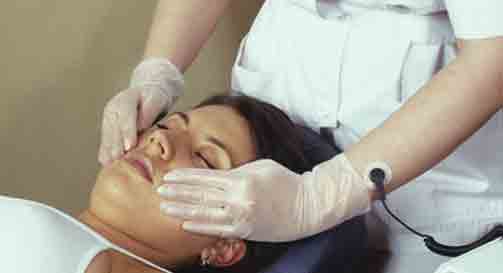
DEEP OSCILLATION® Anti-Ageing Treatment For Face-Neck-Décolleté, Under Eye Bags & Dark Circles DEEP OSCILLATION® is a German patented therapy that has clinically proven effects. With DEEP OSCILLATION® the facial muscles are stimulated and then relaxed through the deep vibration induced by DEEP OSCILLATION® thereby training the facial muscles and keeping them toned. Stimulation of collagen production and cell regeneration gives both a fresh and young look to the appearance of the skin. Anti-oedema and anti fibrosis action provides a smooth, elastic and wrinkle-free appearance.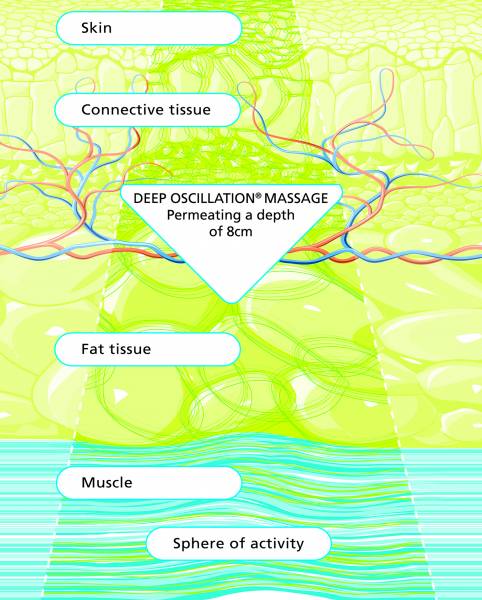
DEEP OSCILLATION®, developed by Physiomed Elektromedizin in Germany is an internationally patented therapeutic design which utilizes the forces of pulsed electrostatic attraction and friction to provoke oscillations, which act deeply on the tissues of the body from the epidermis down through the conjunctive and adipose layers and into the muscles. Hernandez Tapanes et al (2010) were able to prove, by diagnostic ultrasound, penetration of the oscillations up to an 8cm depth (see diagram). Observed physiological effects of the therapy include oedema resorption - Jahr S Et Al (2008) The therapy also limits the production of inflammatory mediators, especially during the treatment for chronic pain and more so during the treatment of fibromyalgia - Janik, H. et al (2010) strengthening of the cutaneous tissues - Korkina Et Al (2007), stimulation of the wound healing process Mikhalchik E, Et Al (2005)
The Alternative Therapy Clinic in Berkshire
What happens during a DEEP OSCILLATION® Acupuncture treatment?
The client will first have a consultation with the therapist where they will have the opportunity to discuss the reason for the visit and highlight the areas of the face they are hoping to improve. At this stage the therapist will talk through the contraindications to ascertain that none of them apply. For the treatment itself the client is usually lying down to enable easy application from the therapist to the client. Firstly, via hygienic, vinyl gloved hands; utilizing all normal massage movements the face is massaged using DEEP OSCILLATION®. The pleasant vibrating sensation that the client feels throughout the treatment is very relaxing.
Following the facial massage tiny, hair-fine acupuncture needles are inserted into specific points and areas of the face. These together with the body points are then left in place for 20 minutes. The process is virtually painless and very relaxing.
A course of 6 to 12 treatments is recommended. Most clients will notice a difference after 2 or 3 treatments but they do tend to have a cumulative effect with the improvements becoming most noticeable and lasting after 6 to 8 treatments.
Effectiveness of DEEP OSCILLATION® for bags under the eyes and dark circles (Boisnic, 2013)
Effective, non-invasive methods of treating bags and dark circles under the eye have been very limited in the past. However, there are massive demand and high expectations from affected patients. Within the scope of their development work on DEEP OSCILLATION® therapy the positive effects to the skin tissue of which have already been proved in detail, Physiomed has designed specific applications to take these needs into account. In two clinical studies recently executed in France by the GREDECO Dermatology & Cosmetology Research and Evaluation Group under the direction of Dr Sylvie Boisnic (Dermatologist), the clear advantages and effectiveness of DEEP OSCILLATION® were proven for these indications.
Anti-inflammatory and draining effect of the DEEP OSCILLATION® device tested clinically and on a model of human skin maintained in survival condition (Boisnic, 2013)
The objective of this study was to evaluate the anti-inflammatory, toning and draining effect of the Deep Oscillation® device. The Deep Oscillation® device uses the forces of pulsed electrostatic attraction and friction to provoke oscillations that act on the epidermis, dermis, and sub-cutaneous layers of tissue. An ex-vivo study was first completed by using a model of skin maintained in survival condition. The draining and anti-inflammatory effects of the device were determined by pro-inflammatory cytokine assay and by histological analysis of capillary dilation. The analgesic effectiveness of the Deep Oscillation® was then evaluated by immunohistochemical analysis of TRPV1. To corroborate this data, a clinical study was conducted by selecting 20 subjects with periorbital bags or dark circles to undergo treatment with the device. Evaluations included photography, dermatological scores as well as ultrasound analysis. Using an ex-vivo model of human skin maintained in survival condition, the Deep Oscillation® device was effective in reducing inflammation with a significant reduction of dilated capillaries and IL8, while lowering sensory receptor levels. Clinically, the device was successful in reducing both dark circles and bags by an average of 40%.
Eur J Dermatol. 2013 Jan-Feb;23(1):59-63. doi: 10.1684/ejd.2012.1904. Authors: Boisnic S1, Branchet MC.
Source: http://www.ncbi.nlm.nih.gov/pubmed/23420030
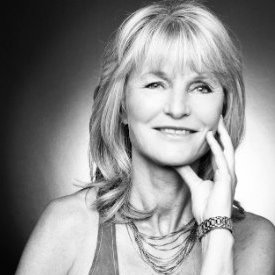
Sylvie BOISNIC, MD
Dermatologist, Anatomopathologist
Director of Laboratory Research
